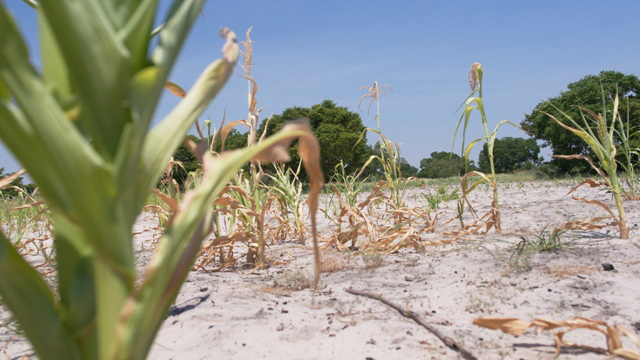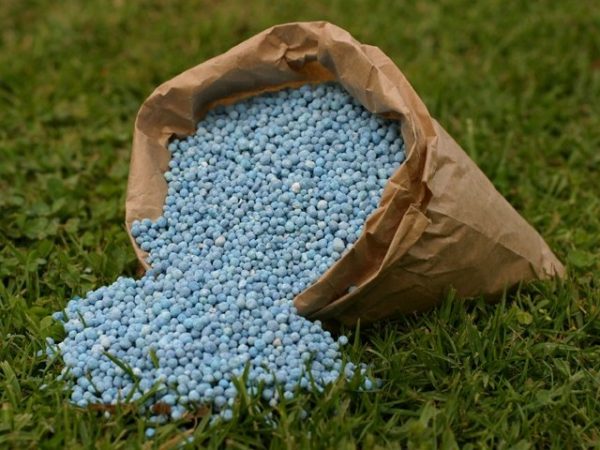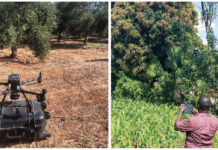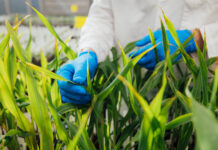
A new report from the Food and Agriculture Organization (FAO) reveals that Africa suffers the greatest relative economic toll from disasters in its agricultural sector — losing 7.4 per cent of its agricultural GDP over the past three decades.
This figure outstrips any other region, highlighting the continent’s heightened vulnerability to climate- and nature-driven shocks.
Between 1991 and 2023, disasters such as droughts, floods, pest outbreaks, and marine heatwaves inflicted an estimated US$ 611 billion in losses across African agriculture.
While this is lower in absolute terms than losses in Asia or the Americas, the impact is disproportionately large when measured against the size of Africa’s agricultural economy.
In many African countries, agriculture accounts for a significant share of employment, income, and food security. Consequently, losing more than seven per cent of agricultural GDP has ripple effects on rural livelihoods, food stability, and long-term economic development.
Global view: Trillions lost to disasters
Globally, the FAO’s “Impact of Disasters on Agriculture and Food Security 2025” report estimates that disasters have wiped out US$ 3.26 trillion in agricultural output over the past 33 years — averaging around US$ 99 billion a year, or roughly 4 percent of global agricultural GDP.
Regionally, Asia recorded the largest absolute losses: US$ 1.53 trillion, or 47 percent of the global total. The Americas followed with around US$ 713 billion in damages — driven by recurrent droughts, hurricanes, and temperature extremes.
Meanwhile, Small Island Developing States (SIDS) also endure a disproportionate burden: despite relatively small agricultural outputs, disaster-related losses represent a high share of their agricultural GDP.
Beyond crops: Nutrition and fisheries under threat
The report underscores that the impact of disasters goes beyond economics. Between 1991 and 2023, 4.6 billion tonnes of cereals, 2.8 billion tonnes of fruits and vegetables, and 900 million tonnes of meat and dairy were lost globally due to disasters.
These losses translate into a daily per-person calorie reduction of about 320 kilocalories, or 13–16 percent of average energy needs — a stark indicator of how climate shocks undermine food security and nutrition.
In fisheries, the toll is also mounting: from 1985 to 2022, marine heatwaves alone caused US$ 6.6 billion in losses, affecting roughly 15 percent of global fisheries — a sector that supports some 500 million livelihoods.
Digital innovation offers a path forward
The FAO report points to digital technologies as a critical part of the solution. Tools such as AI, remote sensing, drones, mobile connectivity, and sensors are increasingly being deployed to help farmers and governments anticipate risks and respond before disaster strikes.
Key innovations include:
- The Climate Risk Toolbox (CRTB), which integrates global datasets for risk assessment and planning in over 200 projects.
- The Rift Valley Fever Early Warning Decision Support Tool, used in East African countries (like Kenya, Uganda, Tanzania), helping forecast disease outbreaks and enabling timely vaccination.
- Parametric insurance platforms serving more than 9 million farmers, using automated risk assessments via digital systems.
- FAO-supported early warning systems that have helped evacuate up to 90 percent of people in at-risk communities before disasters hit.
Challenges remain
Despite rapid progress, major hurdles persist. Over 2.6 billion people remain offline, many in disaster-prone rural areas, which limits the reach of digital resilience tools.
The report underscores that technology must be paired with human-centered design, capacity building, institutional strengthening, and inclusive policy frameworks to truly reach smallholder farmers, women, youth, and Indigenous communities.
Urgent call to action
The FAO is calling on governments, development partners, and the private sector to scale up investments in digital infrastructure, integrate disaster risk management into national agricultural policies, and boost resilience across agrifood systems.
For Africa, where the relative cost of disasters is highest, such actions are not just necessary — they are urgent. Building more resilient, data-driven agrifood systems could help mitigate future losses, protect rural livelihoods, and ensure food security in the face of mounting climate risks.








